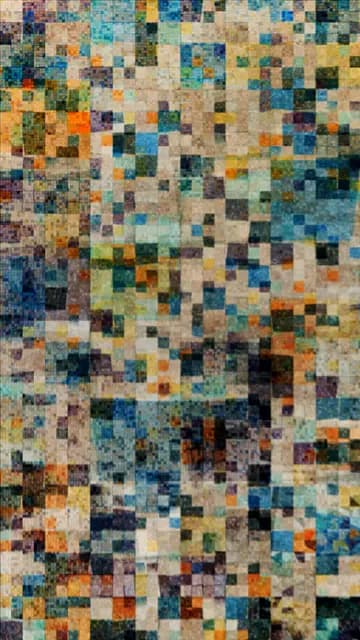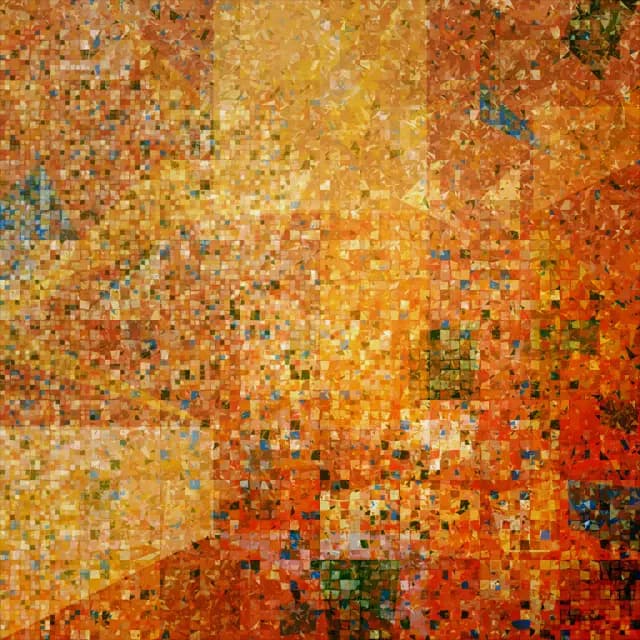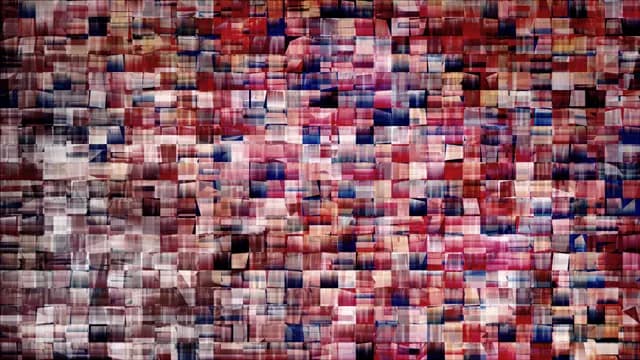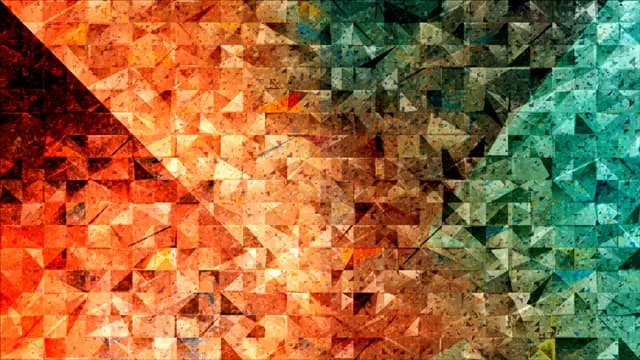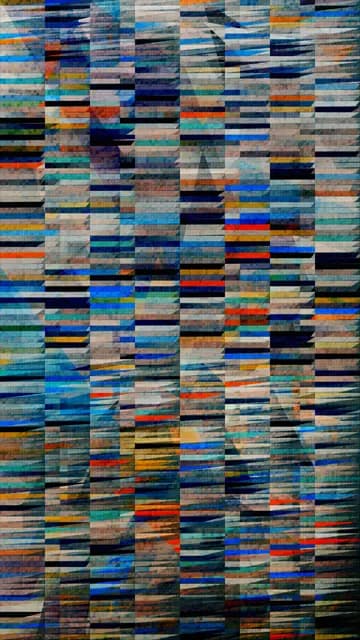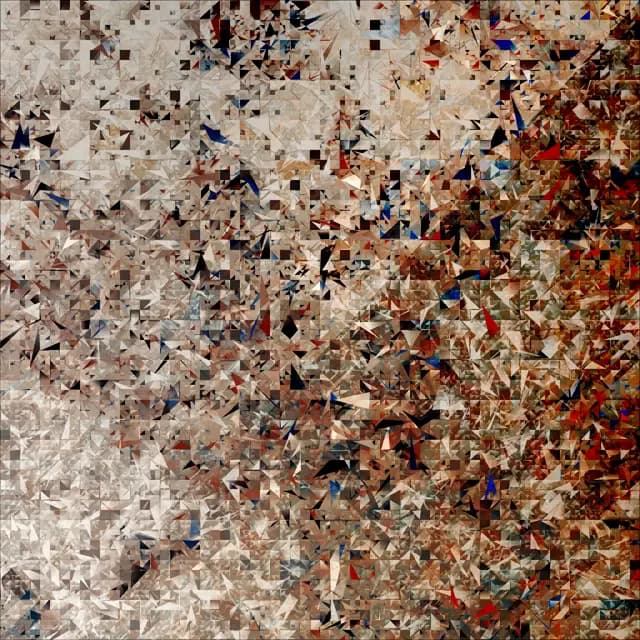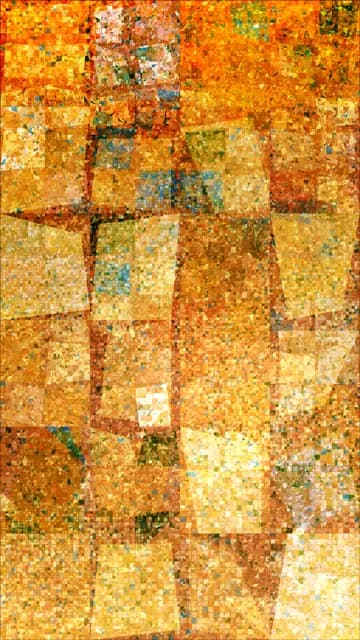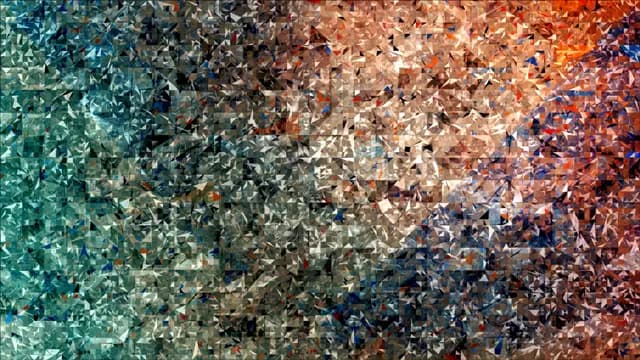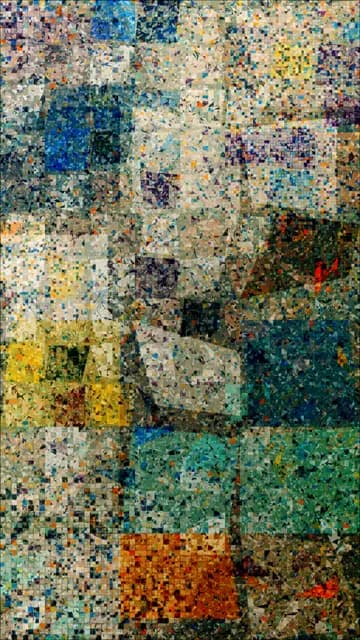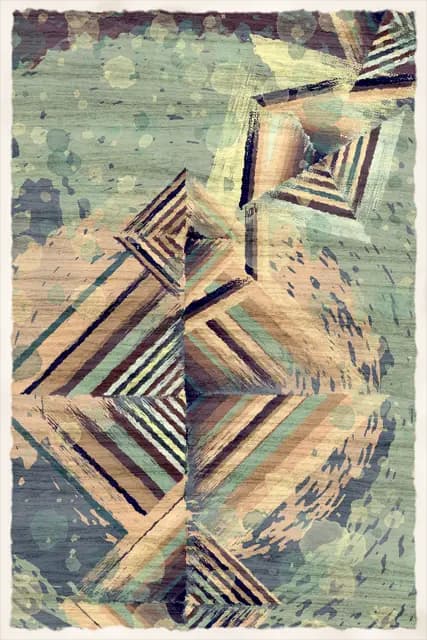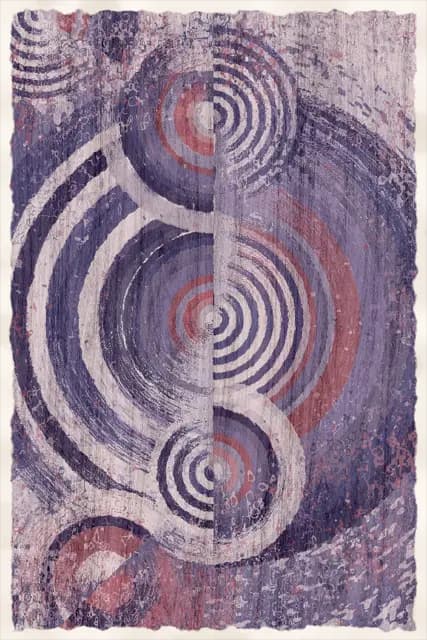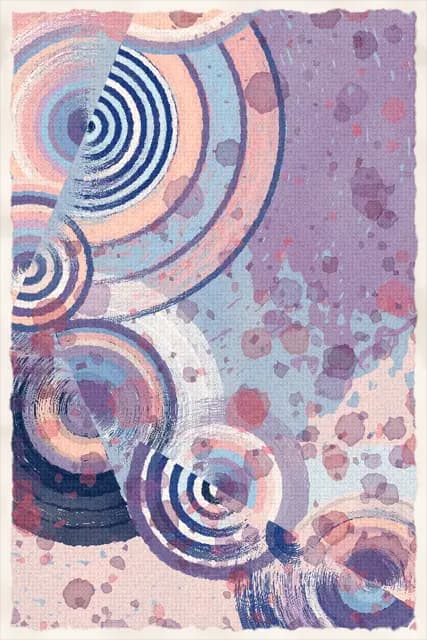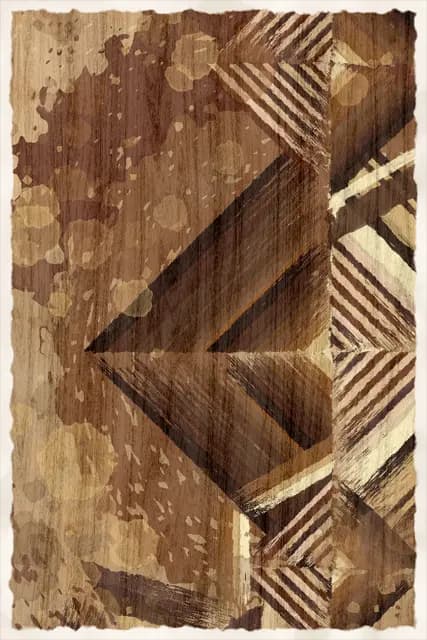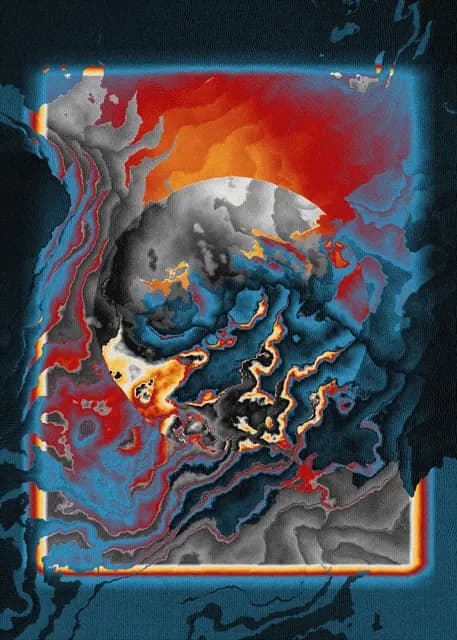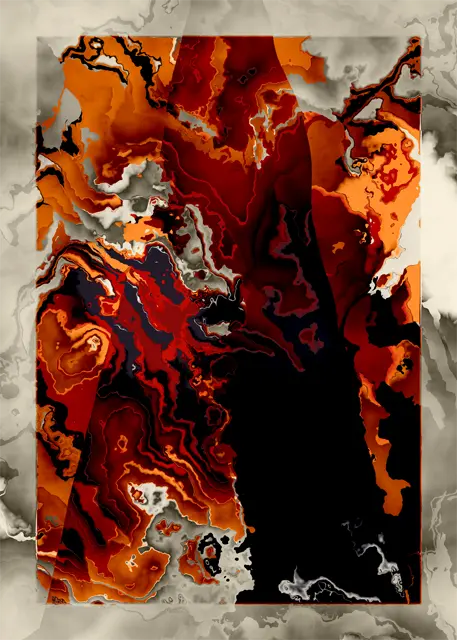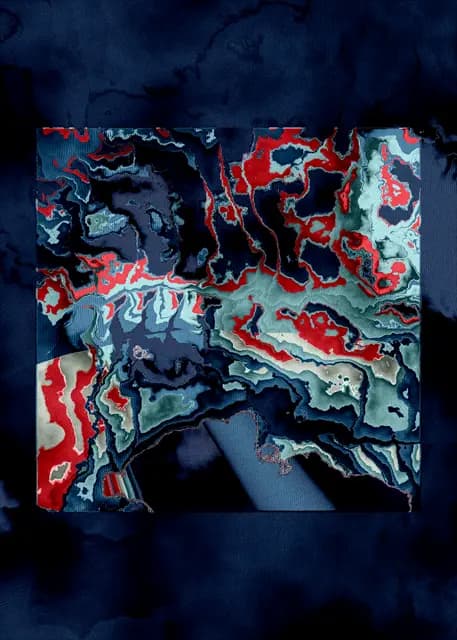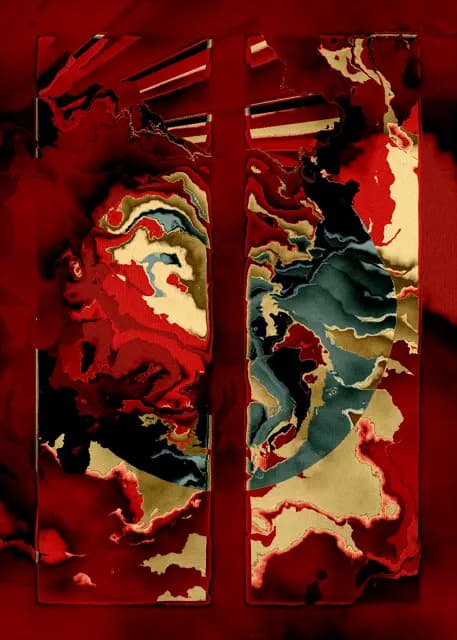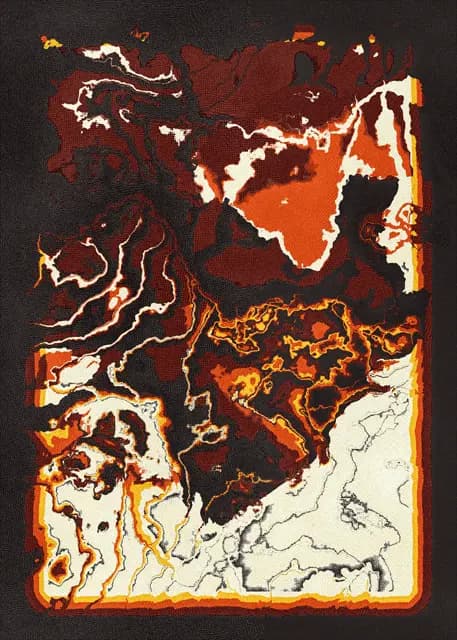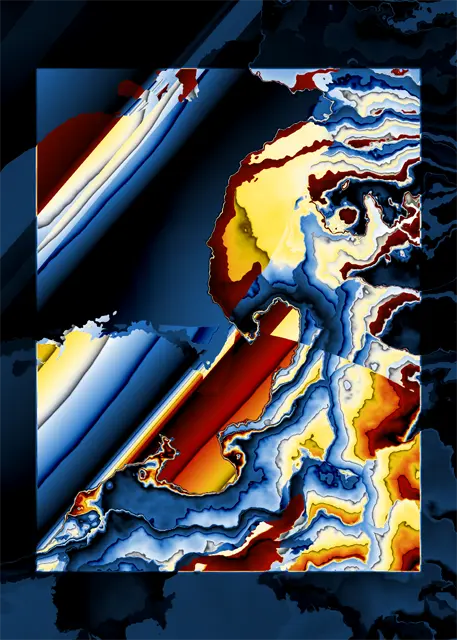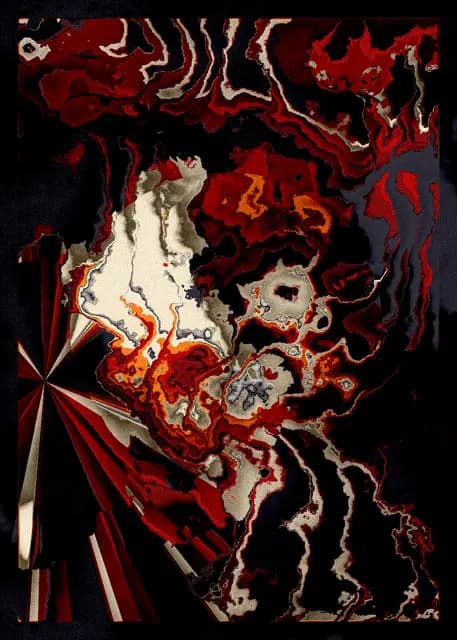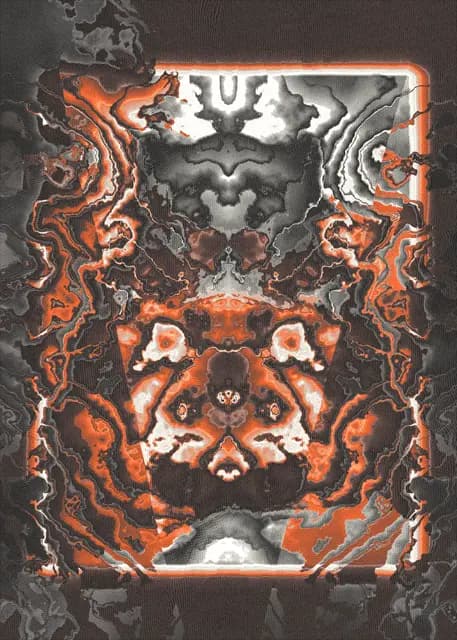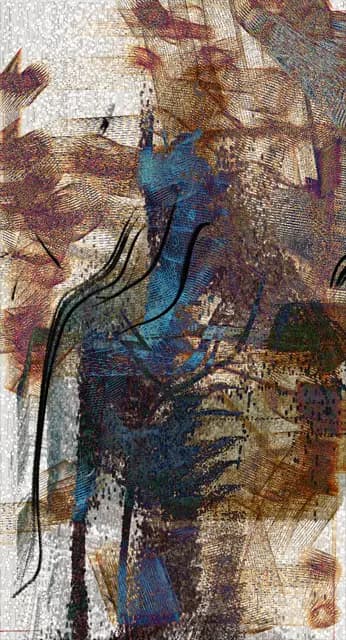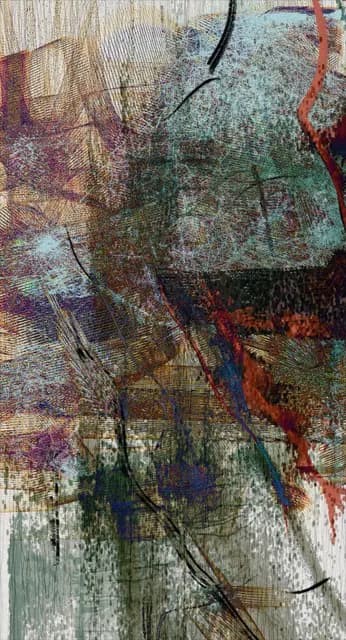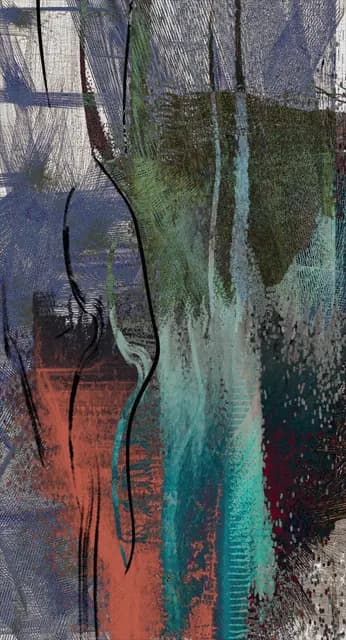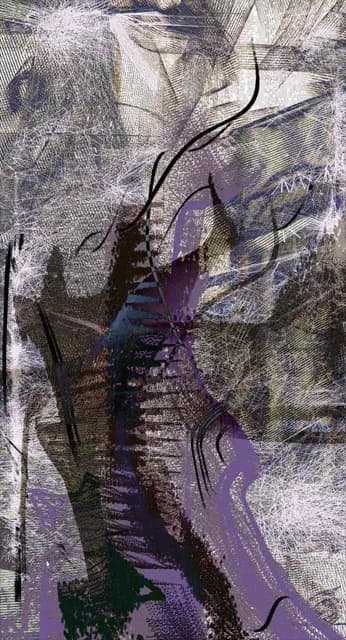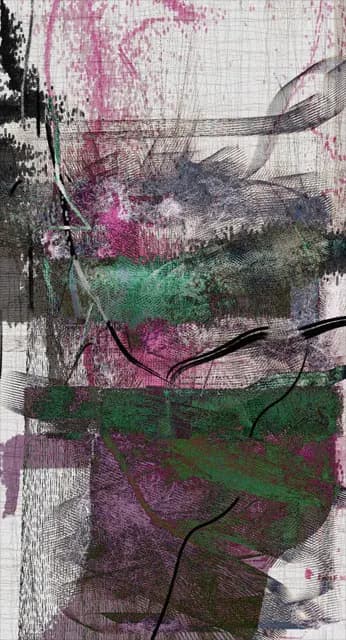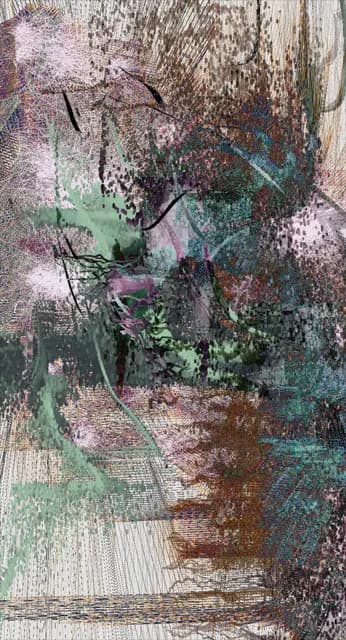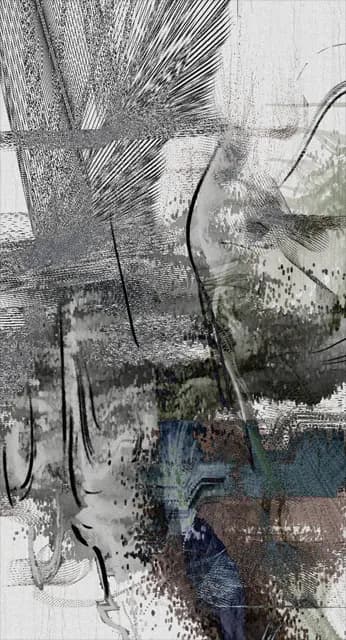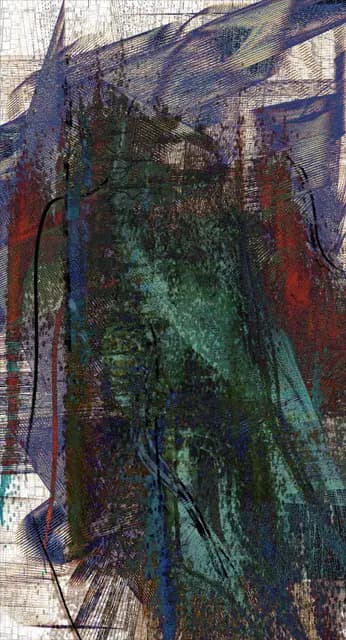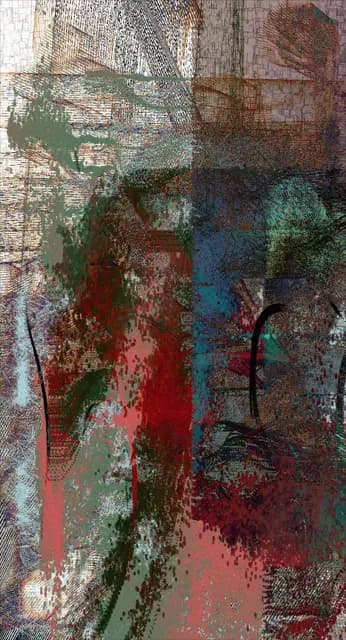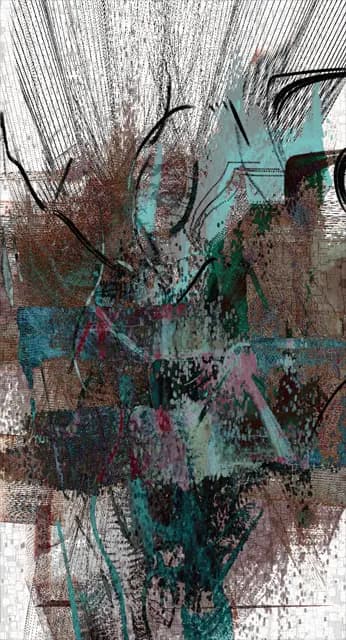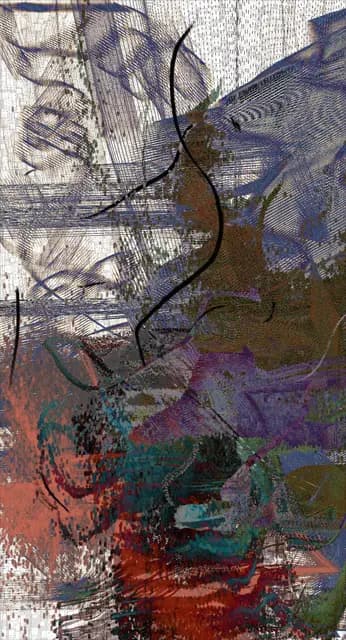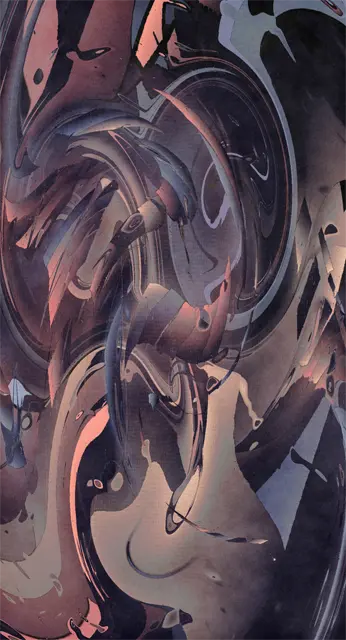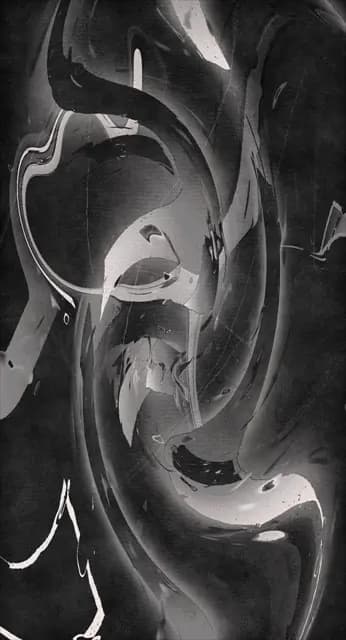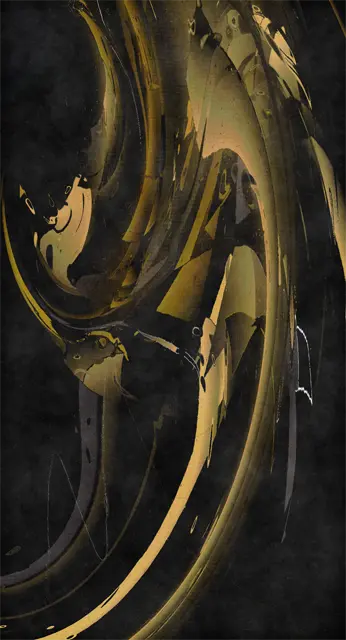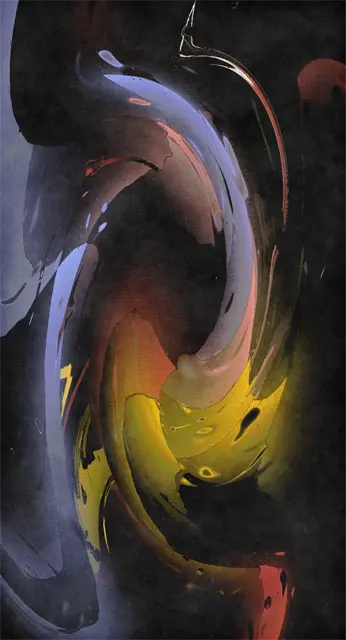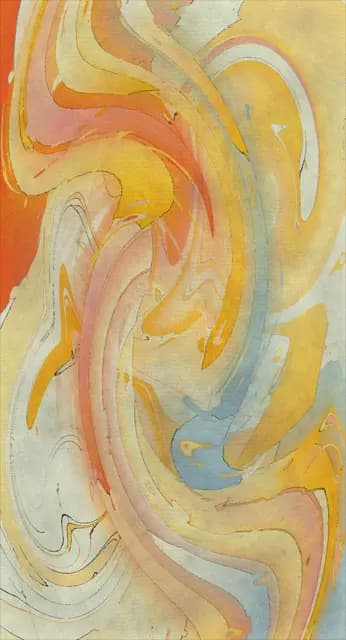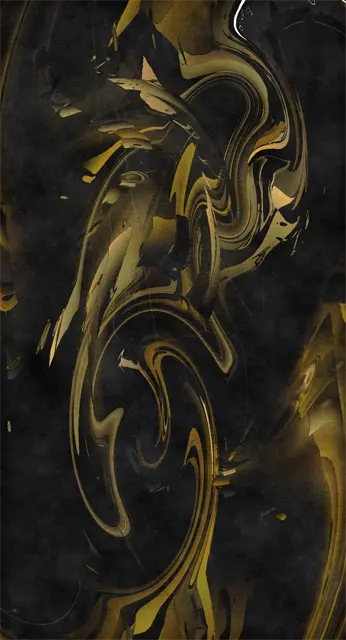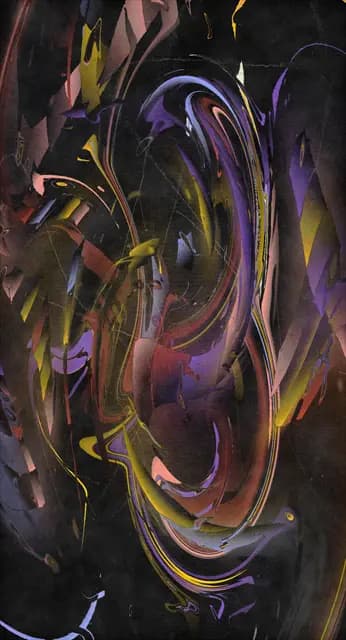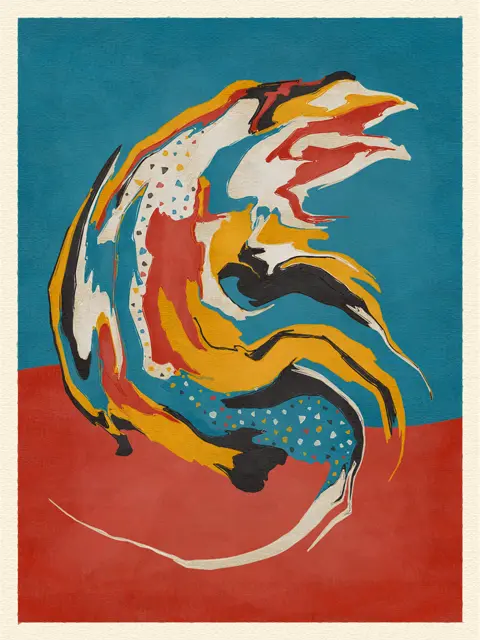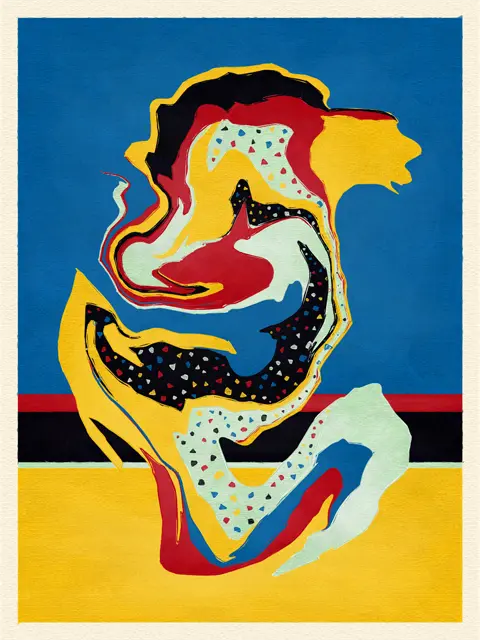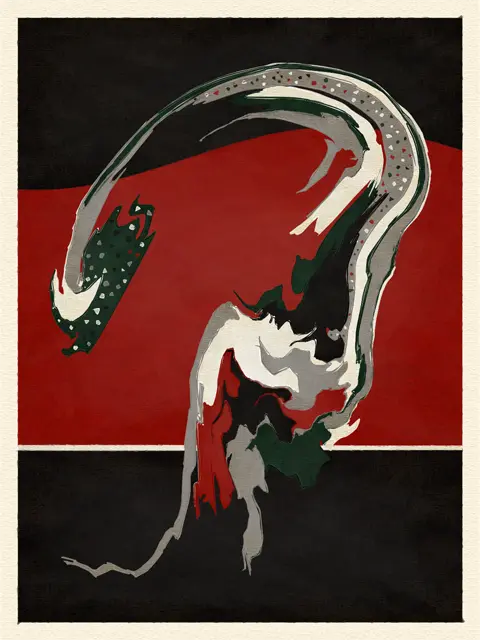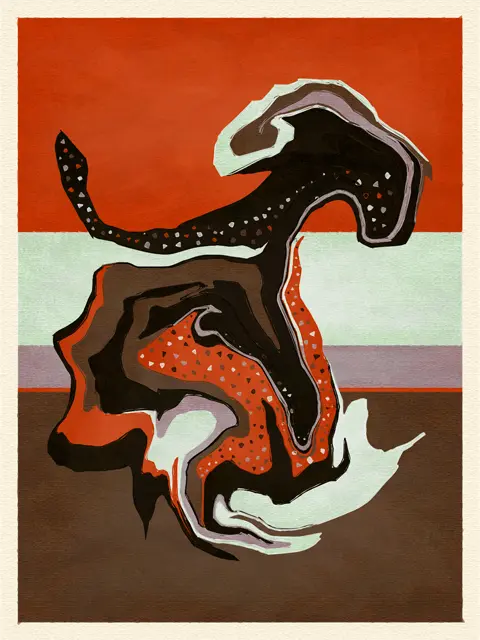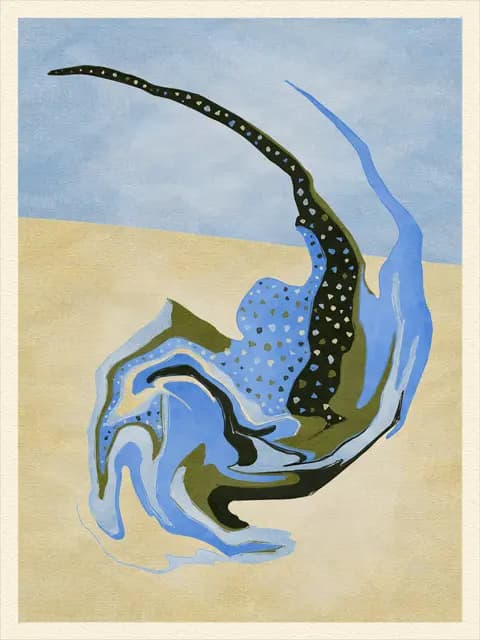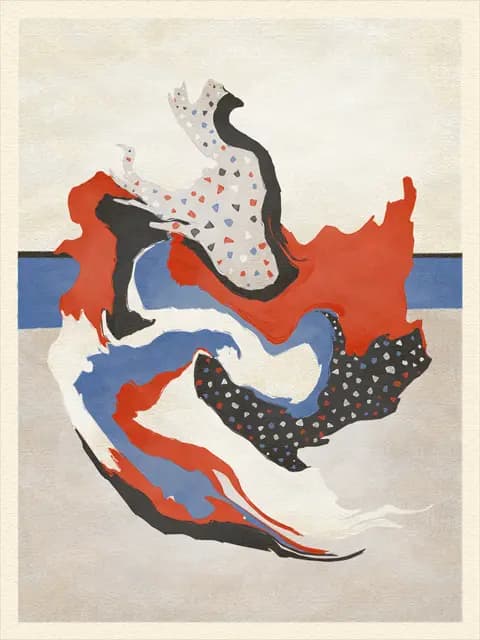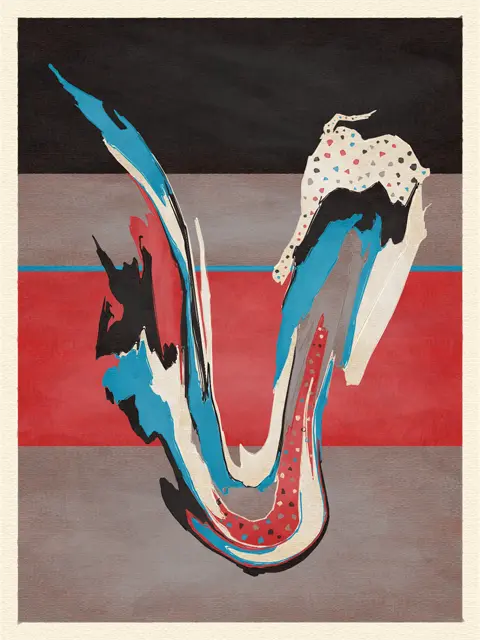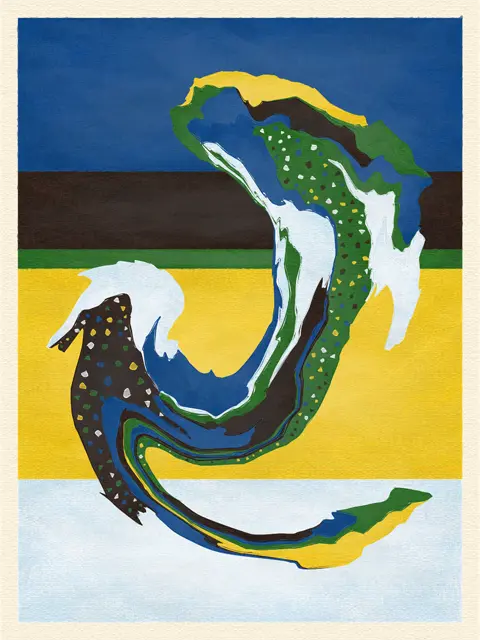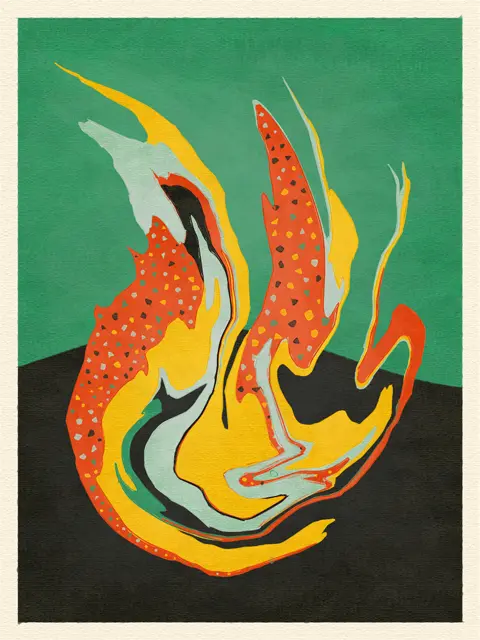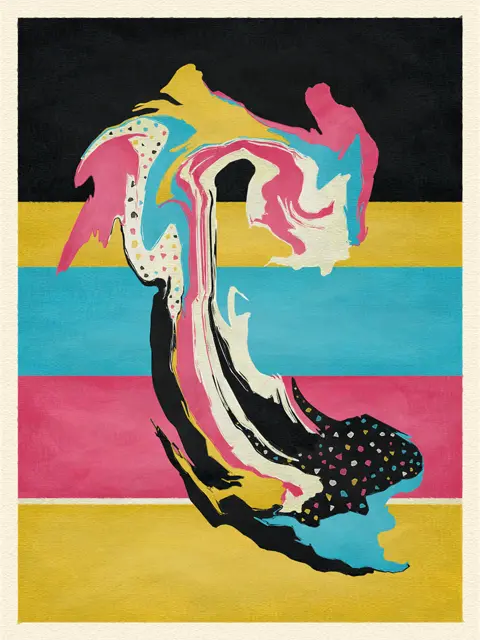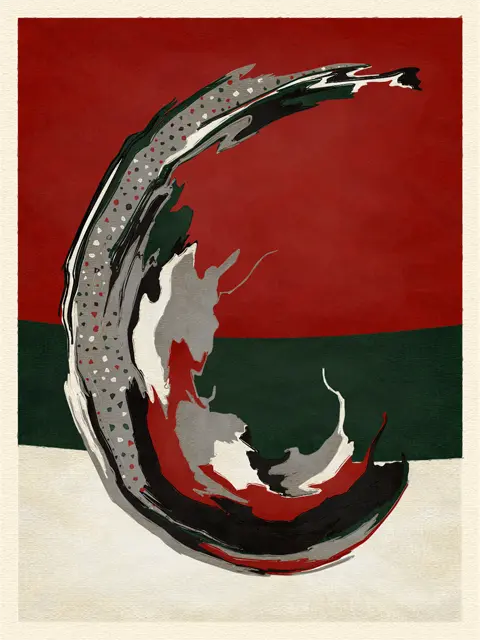Tiny Geometries
Whether it's a fundamental building block or a finishing touch, highly textural abstract art exists within a spectrum, with no one right answer or approach.
December 19 - December 22
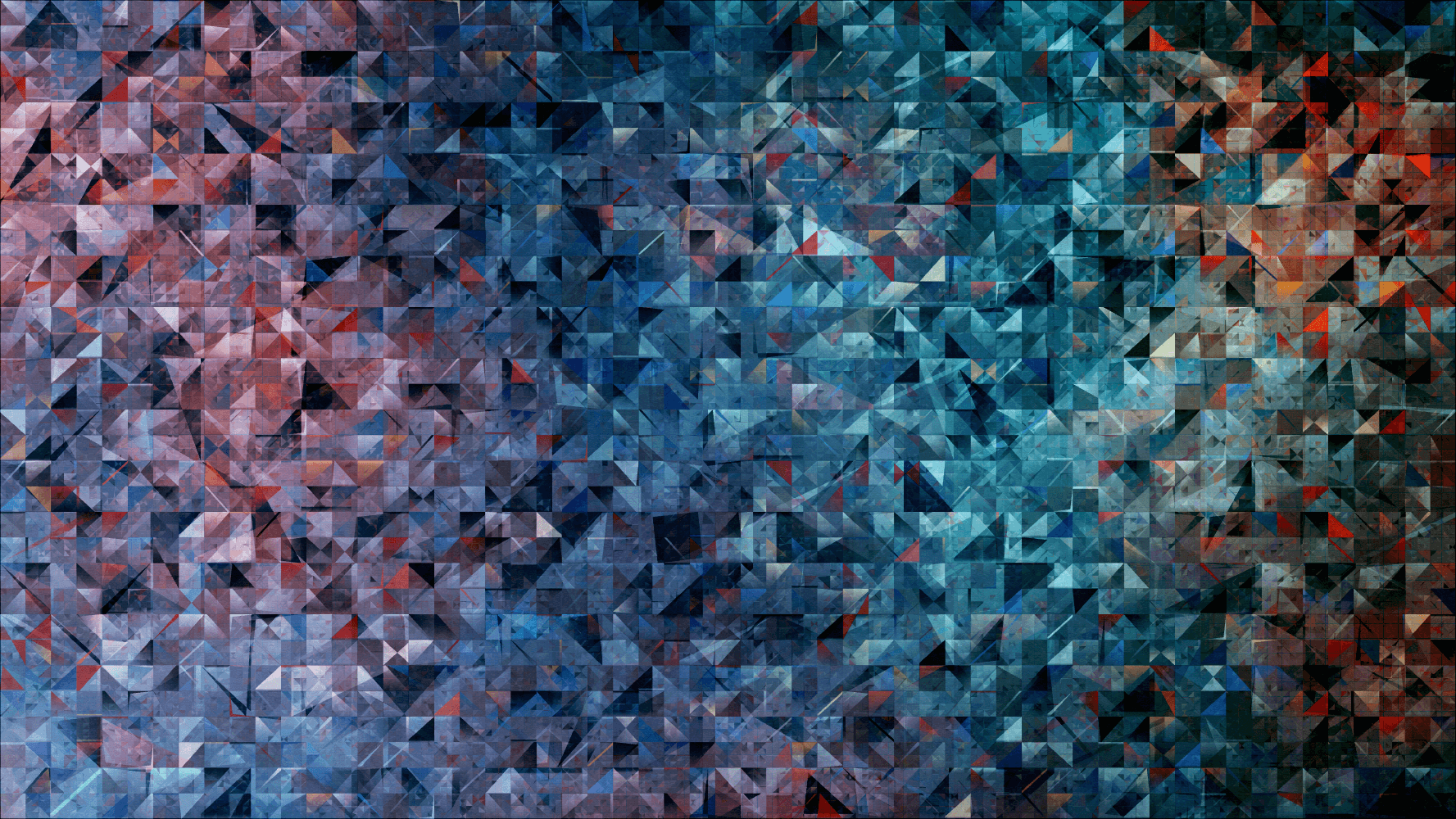
Highly textural abstract art, when moved to the digital space, is essentially comprised of tiny geometries. By placing marks in tight clusters of shapes, or using a repeating pattern with subtle changes in tonality, generative artists are able to create texture on a digital canvas.
"I think texture is a very important part of an artwork because it communicates beyond the visual. It provides a sort of multisensory channel that can greatly expand the experience, giving a sense of materiality."
"Texture is like the art's skin - it's what makes you want to touch the art."
The word "texture" is thrown around a lot in the generative art community, but "finish" would often be more accurate. While some projects are built with highly textural shapes as their fundamental building block (like the crayon and pencil lines in RalenArc's Frolic), others add it as a finishing touch, a final coat that glues the piece together; it takes what can feel like random primitive shapes swirling across the canvas and unifies them into a singular whole in which the sum is greater than the parts. Lordof and Stranger in the Q both use this finishing technique to great effect in their breathtaking shader pieces Intertwined and Xeno (the latter of which has finishes ranging from rough cloth to paper to a smooth, plastic sheen). There are far more approaches to texture/finish in digital art than we often account for. And that difference between building block and varnish is just one of the many ways artists approach texture in their work.
"Texture’s presence, or absence, really modulates the final ‘flavor’ of the artwork."

Tetra by Daniel Aguilar

Frolic by RalenArc
In truth, each genre of art exists within a spectrum, and in generative art that range is currently drawn from the skeuomorphic to more digitally native aesthetics. The eight works in Tiny Geometries demonstrate that playing with texture is available to artists on both ends of that stylistic spectrum. On the one hand, there's the wood grain and water splotches in Tsung-yu Lu's Sentiment Echo and the gestural brushstrokes in Volatile Mood's Undercurrent. On the other is the luminous, fragmented squares in Daniel Aguilar's Tetra and the tightly knit digital lines filling Julia Vergazova's Imprimatura. But the piece that may best exemplify this freedom to play is 3DManatee's Isomalt, with its grainy shapes that look neither skeuomorphic nor entirely digital — the project is wholly itself, an ideal to which we should all aspire. Generative artists are creating their own grammar, expanding the bounds of the possible, as they rewrite the rules for this important 21st century art movement in real time.
“There is a lot of opportunity in generative art to expand what texture can do. In my case I like exploring things that I can't do physically like drawing thousands of objects.”

Sentiment Echo by Tsung-yu Lu
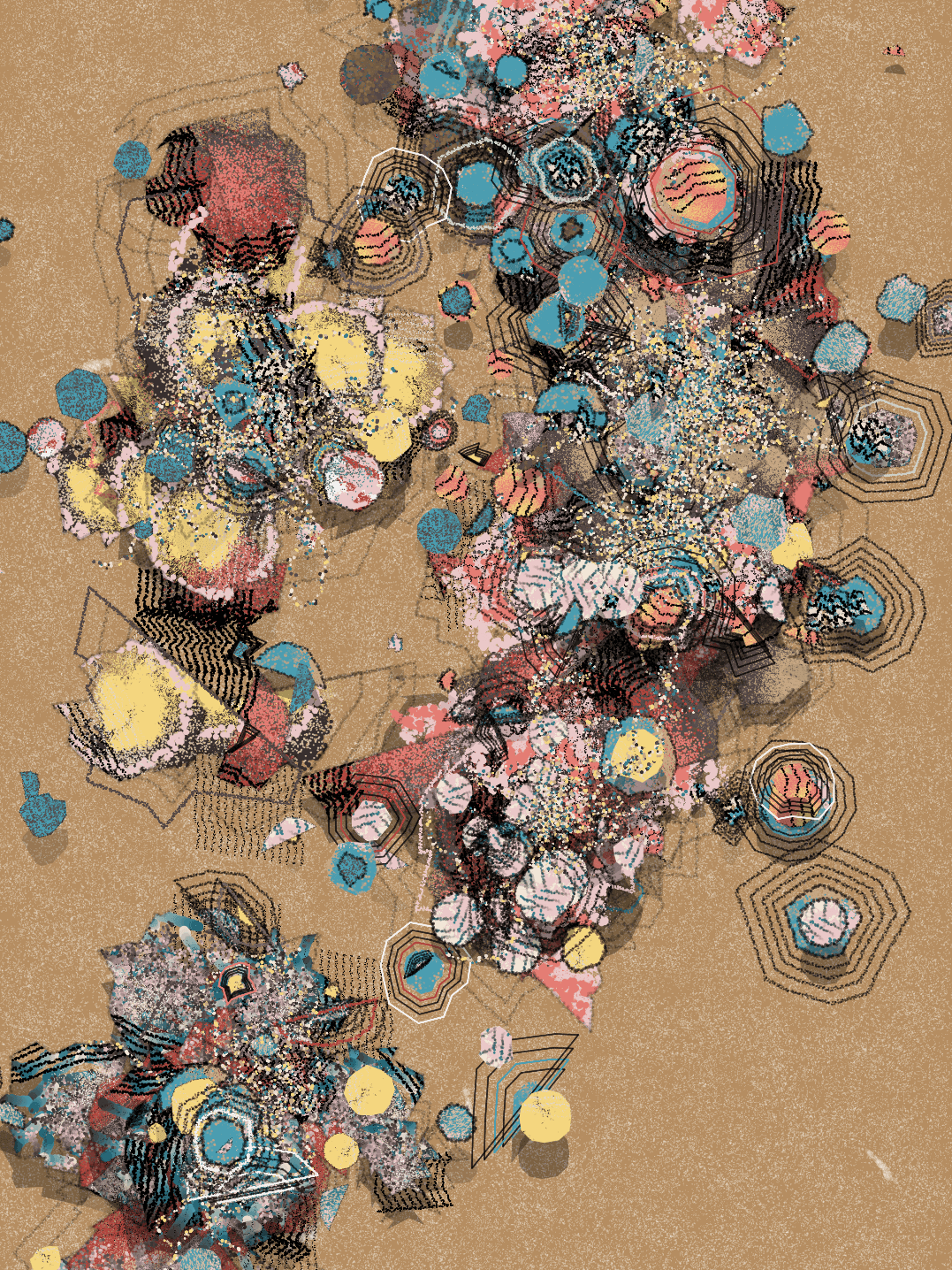
Isomalt by 3DManatee
But even when working with the purely digital in mind, the connection to the physical art world remains inescapable. The peaks and valleys of a pockmarked painting have depth through the interplay of light and shadow; it's not so different in the digital realm, where artists often craft their works to be displayed with light. Even when digital artists aren't emulating the finish of a canvas, they're still using visual cues that play off how the human brain works to make sense of objects in space (for instance, a drop shadow to separate foreground from background). They're using the juxtaposition of light and dark, black and white pixels, to create the illusion of depth on the flat plane of a digital screen. Or they're using physics to map out the paths of the objects drawing across their canvas. So even when texture is removed from a work, the physical world is still largely inescapable in digital, because it's not only how we think, but how we operate as humans.
“Making texture in digital art is tricky because you're always moving things in one dimension (i.e. code) to make it feel like things you know in three dimensions…I wanted to capture those cool moments when light and dark mix in just the right way.”
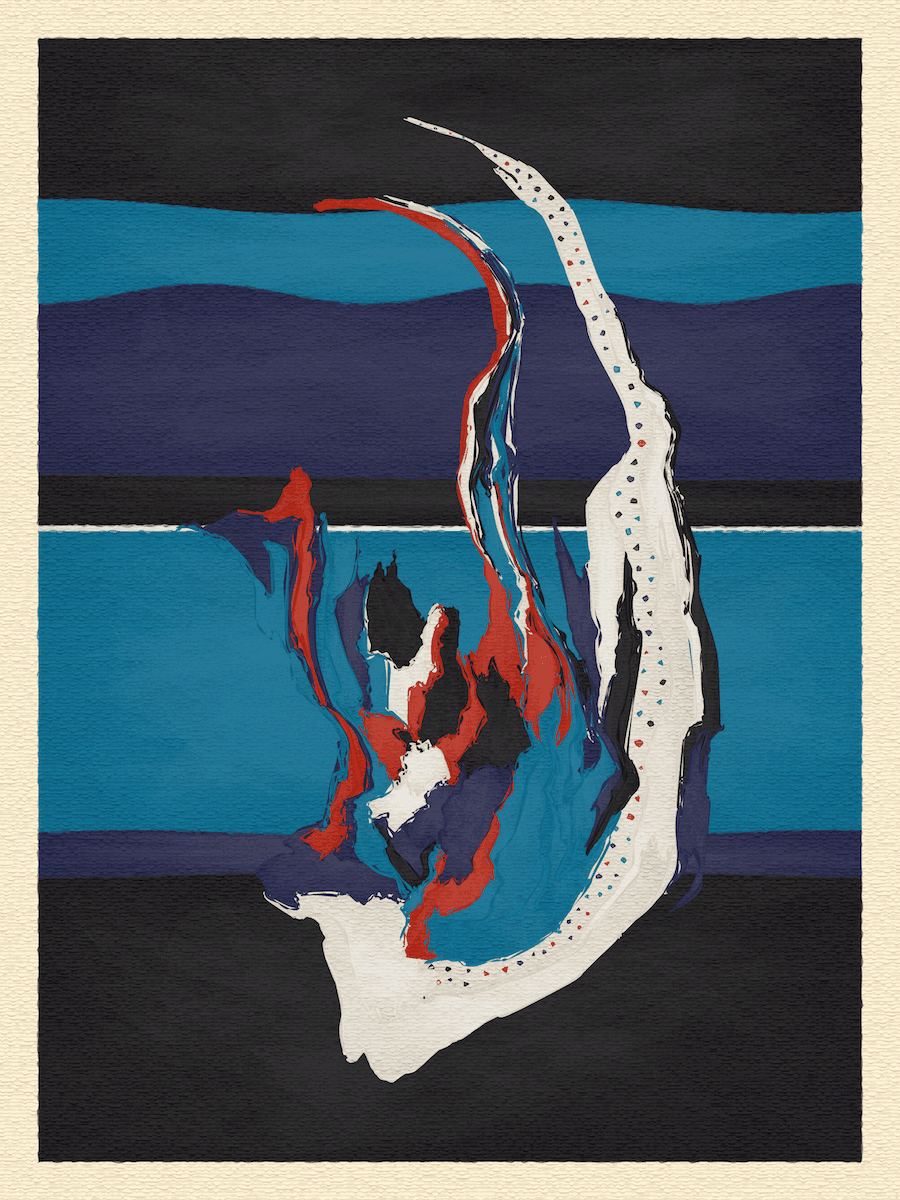
Undercurrent by Volatile Moods
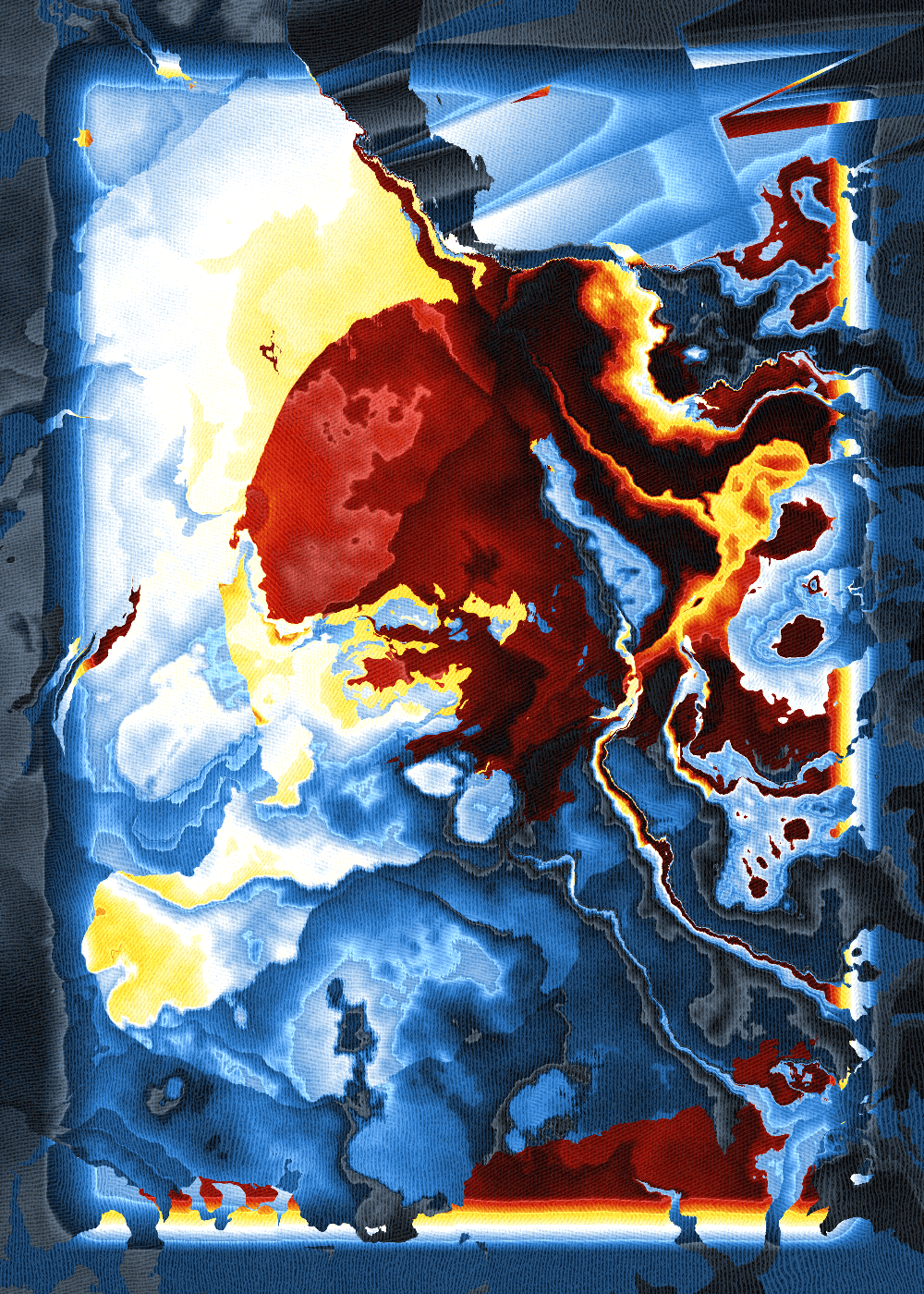
Xeno by Stranger in the Q
So artists are, and should be, free to do what they want. Which brings us to collectors. When art collectors on the blockchain are criticized for skewing toward the skeuomorphic, it's an argument for not trapping ourselves in a box, for expanding our taste. Few of us will be right in judging what art will last the test of time. But perhaps one measure is to consider how people respond to the great works of art that moved the needle, that changed something in the established order: Af Klint's ignored masterpieces, the legendary walkout on The Rite of Spring, Van Gogh only selling a few works during his lifetime. True revolutionaries are often rejected by the establishment, collected by few, die in obscurity. So if you're buying an artist you saw on Instagram or X, work you responded to after a few seconds with an affirmative like, how many boundaries can that art truly be pushing? Especially if it leaves you comfortable enough to also respond with your wallet a few minutes later. The work that will someday move the needle is often the project you overlook now.
“I aimed to express the notion of building a foundation, setting the stage for further artistic exploration. Each stroke represents the initial steps of a creative journey, symbolizing the potential and possibilities that lie ahead.”
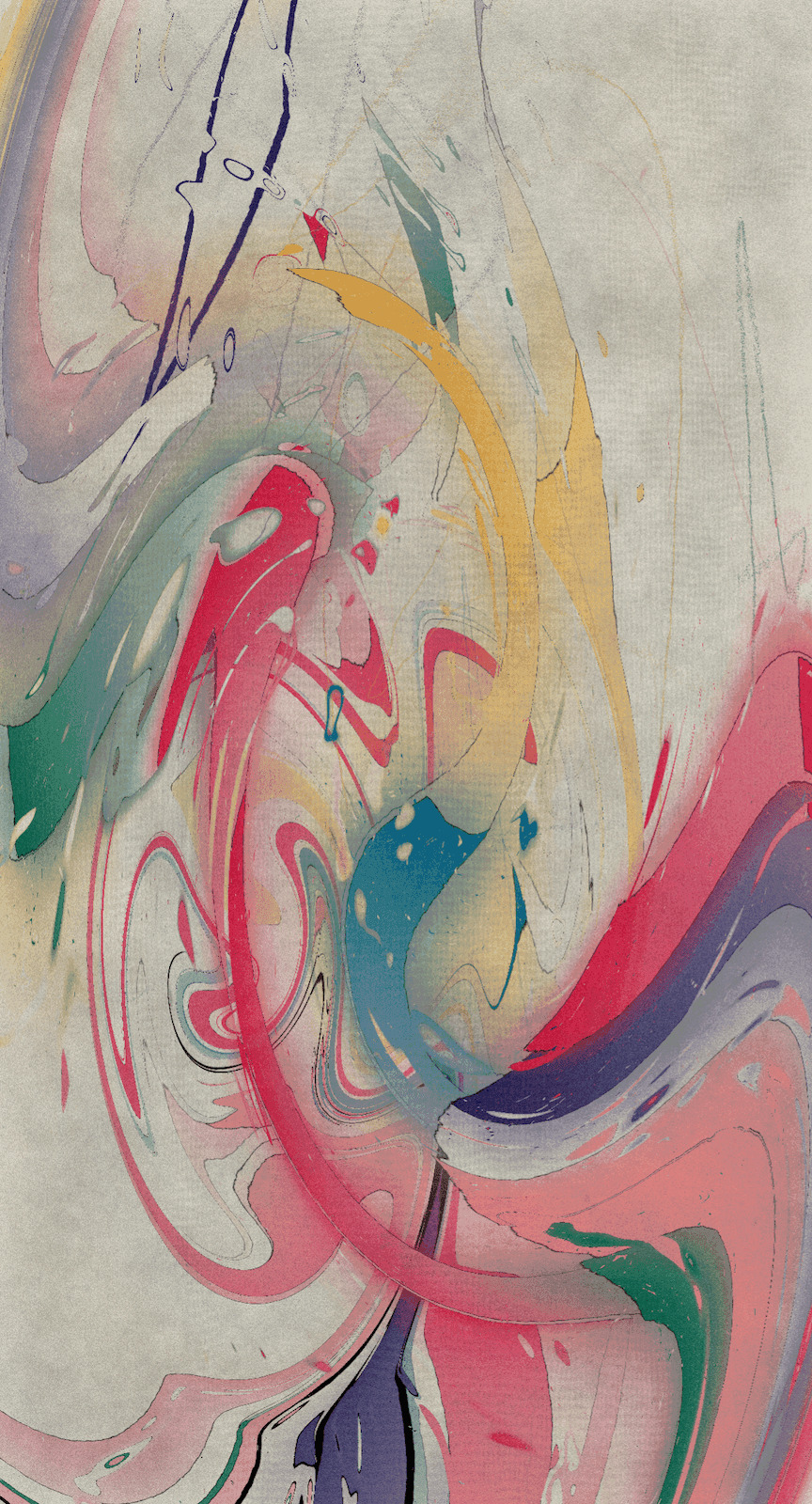
Intertwined by Lordof

Imprimatura by Julia V
The eight artists that appear in Tiny Geometries express the breadth of digital abstract art, and reinforce the argument that there's no one right process or genre. All styles of art are fair game for artists to make and collectors to discover. And working in the vanguard means taking big swings across a spectrum of possibility.
Even this group show is constructed to exist within a spectrum. Tiny Geometries is all about highly textural abstract works made up of many small shapes, yet it serves as a counterpoint to Dawn Contemporary's first group show, Flatlands, which explored low-texture work made of large geometries. They're at opposite ends of a broad gamut. And with no one right answer or approach, the two shows are placed as waymarkers to help us as we explore the furthest horizons of this still nascent medium.
So if you find yourself brushing past something because you don't immediately like it — it's too unsettling, “too digital,” it looks too much (or not enough) like canvas and paint — then it's a good reminder to slow down and reconsider our orthodoxies about art and how we inherited them. Artists don't need to answer for their stylistic choices; what they give us is a chance to challenge our own.
